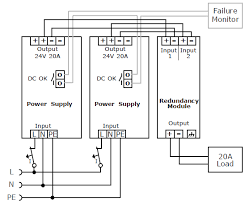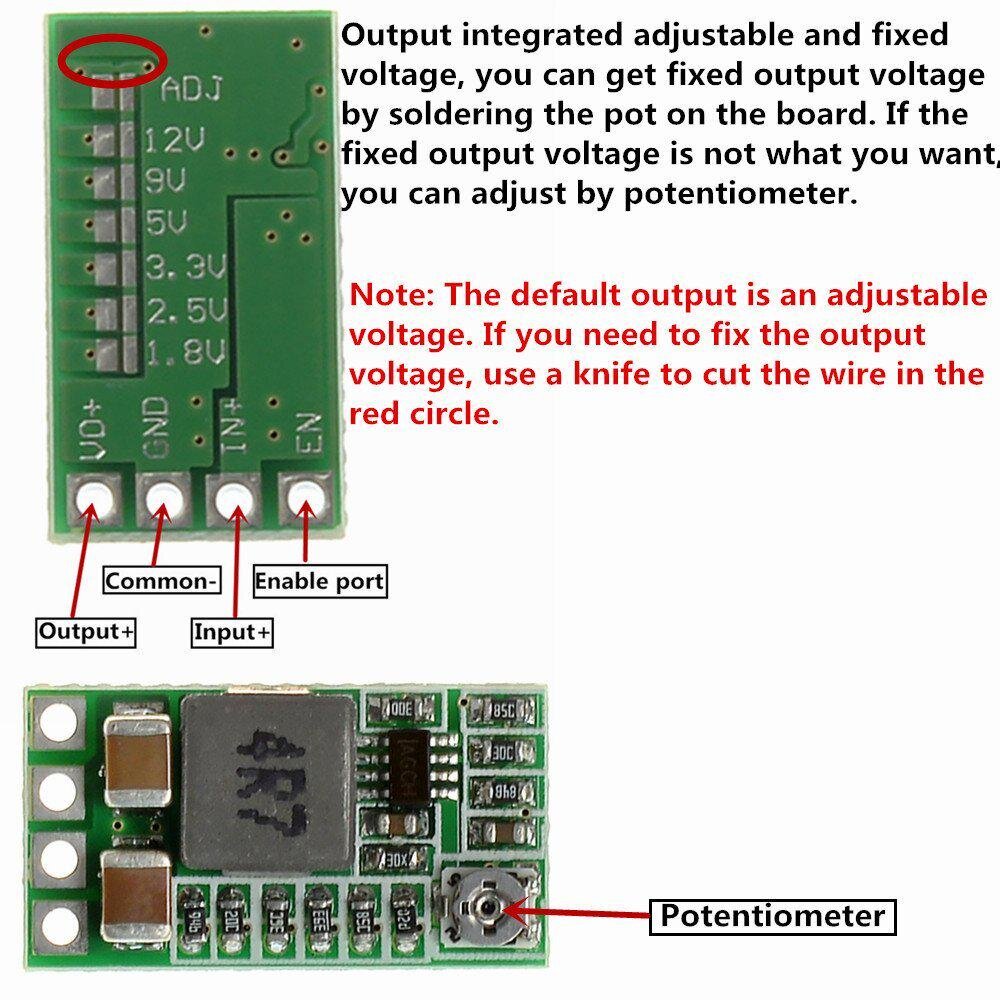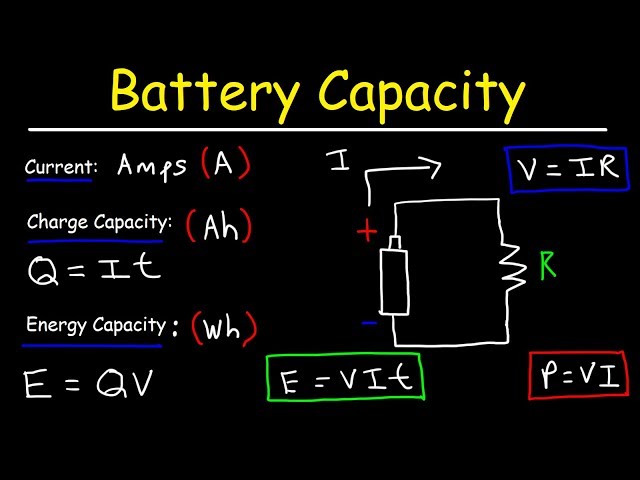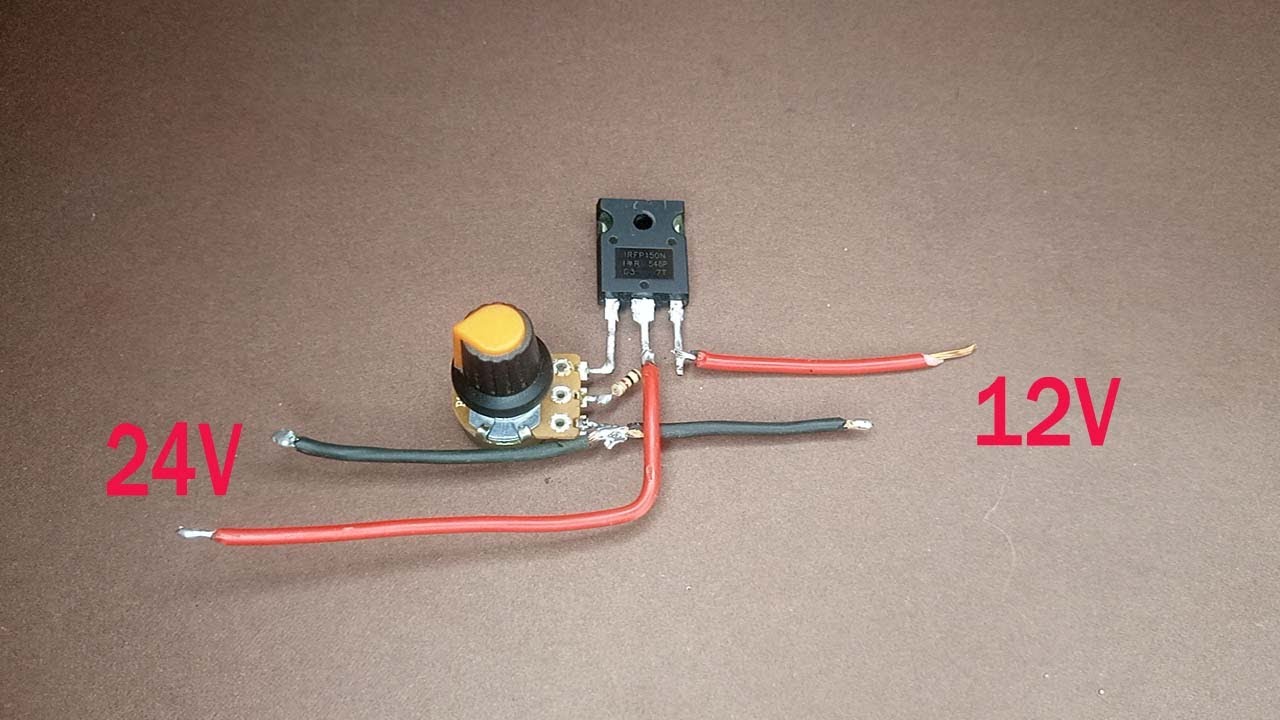Best Way to Implement Power Redundancy in Circuits
Power redundancy is a critical aspect of circuit design, particularly in applications where reliability is of utmost importance. When designing circuits that require uninterrupted power supply, implementing power redundancy is key to ensuring uninterrupted operation even in the event of power supply failures. In this article, we will discuss the best way to implement power redundancy in circuits to maximize reliability and minimize downtime.
Types of Power Redundancy
There are several types of power redundancy configurations that can be implemented in circuits, each offering varying levels of reliability and complexity. The most common types of power redundancy include:
- N+1 Redundancy
- N+M Redundancy
- Parallel Redundancy
- Hot Standby Redundancy
Each type of power redundancy configuration has its own advantages and disadvantages, and the choice of which to implement will depend on the specific requirements of the circuit design.
N+1 Redundancy
N+1 redundancy is a common type of power redundancy configuration where there are N power supplies operating in parallel with one additional (redundant) power supply. In the event that one power supply fails, the redundant power supply will automatically take over, ensuring uninterrupted power supply to the circuit.
This configuration is relatively simple and cost-effective, making it a popular choice for applications where minimal downtime is acceptable.
N+M Redundancy
N+M redundancy is similar to N+1 redundancy, but with more than one redundant power supply. This configuration offers increased reliability compared to N+1 redundancy, as it can tolerate multiple power supply failures simultaneously without affecting the circuit’s operation.
While N+M redundancy offers higher levels of reliability, it also comes with increased complexity and cost, making it suitable for applications where downtime must be minimized at all costs.
Parallel Redundancy
Parallel redundancy involves connecting multiple power supplies in parallel to provide redundant power to the circuit. In this configuration, all power supplies are operational simultaneously, sharing the load evenly.
This configuration offers high reliability and fault tolerance, as each power supply is capable of providing full power to the circuit independently. However, it also requires careful synchronization and control to ensure proper operation.
Hot Standby Redundancy
Hot standby redundancy involves having a standby power supply that is kept running continuously alongside the primary power supply. In the event of a power supply failure, the standby power supply can seamlessly take over without any interruption to the circuit’s operation.
This configuration offers the highest level of reliability and minimal downtime, as the standby power supply is always ready to take over in case of a failure. However, it also comes with increased power consumption and cost.
Conclusion
When designing circuits that require uninterrupted power supply, implementing power redundancy is crucial to maximize reliability and minimize downtime. By choosing the right power redundancy configuration for your specific requirements, you can ensure that your circuits remain operational even in the face of power supply failures.
Whether you opt for N+1 redundancy, N+M redundancy, parallel redundancy, or hot standby redundancy, each configuration offers its own set of advantages and trade-offs. It’s essential to carefully weigh the pros and cons of each type of power redundancy to determine the best way to implement power redundancy in your circuits.
By taking the time to design and implement robust power redundancy in your circuits, you can rest assured that your applications will continue to operate reliably even in the event of power supply failures, ensuring uninterrupted operation and minimal downtime.
Best Way to Implement Power Redundancy in Circuits
Power redundancy is a critical aspect of circuit design, particularly in applications where reliability is of utmost importance. When designing circuits that require uninterrupted power supply, implementing power redundancy is key to ensuring uninterrupted operation even in the event of power supply failures. In this article, we will discuss the best way to implement power redundancy in circuits to maximize reliability and minimize downtime.
Types of Power Redundancy
There are several types of power redundancy configurations that can be implemented in circuits, each offering varying levels of reliability and complexity. The most common types of power redundancy include:
- N+1 Redundancy
- N+M Redundancy
- Parallel Redundancy
- Hot Standby Redundancy
Each type of power redundancy configuration has its own advantages and disadvantages, and the choice of which to implement will depend on the specific requirements of the circuit design.
N+1 Redundancy
N+1 redundancy is a common type of power redundancy configuration where there are N power supplies operating in parallel with one additional (redundant) power supply. In the event that one power supply fails, the redundant power supply will automatically take over, ensuring uninterrupted power supply to the circuit.
This configuration is relatively simple and cost-effective, making it a popular choice for applications where minimal downtime is acceptable.
N+M Redundancy
N+M redundancy is similar to N+1 redundancy, but with more than one redundant power supply. This configuration offers increased reliability compared to N+1 redundancy, as it can tolerate multiple power supply failures simultaneously without affecting the circuit’s operation.
While N+M redundancy offers higher levels of reliability, it also comes with increased complexity and cost, making it suitable for applications where downtime must be minimized at all costs.
Parallel Redundancy
Parallel redundancy involves connecting multiple power supplies in parallel to provide redundant power to the circuit. In this configuration, all power supplies are operational simultaneously, sharing the load evenly.
This configuration offers high reliability and fault tolerance, as each power supply is capable of providing full power to the circuit independently. However, it also requires careful synchronization and control to ensure proper operation.
Hot Standby Redundancy
Hot standby redundancy involves having a standby power supply that is kept running continuously alongside the primary power supply. In the event of a power supply failure, the standby power supply can seamlessly take over without any interruption to the circuit’s operation.
This configuration offers the highest level of reliability and minimal downtime, as the standby power supply is always ready to take over in case of a failure. However, it also comes with increased power consumption and cost.
Conclusion
When designing circuits that require uninterrupted power supply, implementing power redundancy is crucial to maximize reliability and minimize downtime. By choosing the right power redundancy configuration for your specific requirements, you can ensure that your circuits remain operational even in the face of power supply failures.
Whether you opt for N+1 redundancy, N+M redundancy, parallel redundancy, or hot standby redundancy, each configuration offers its own set of advantages and trade-offs. It’s essential to carefully weigh the pros and cons of each type of power redundancy to determine the best way to implement power redundancy in your circuits.
By taking the time to design and implement robust power redundancy in your circuits, you can rest assured that your applications will continue to operate reliably even in the event of power supply failures, ensuring uninterrupted operation and minimal downtime.



